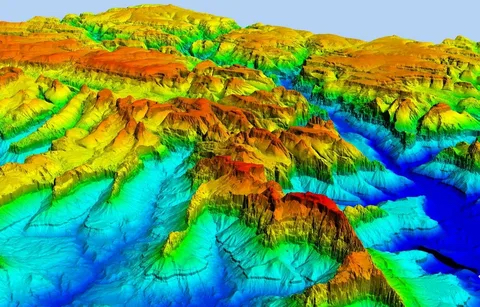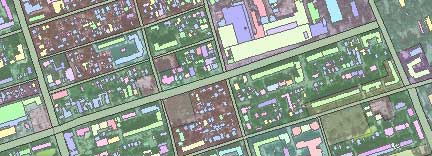Sat-Sun: Non-working days
Gold Mining in Africa: History and Modern Times
Gold mining on the African continent began as early as the 5th century, with Mali and Ghana being the main producers of the precious metal, known in Europe as the "Gold Coast". Up until the 18th century, gold bars and coins were the primary exports of African states, supplying them to Mediterranean countries where gold served as the main currency.
For nearly two thousand years, gold was the primary resource of Africa, ensuring not only its development and prosperity but also its connection with the rest of the world. The metal mined in equatorial states was the foundation of the global coinage system, and fluctuations in its extraction affected the financial market of the medieval world.
The "gold rush" years marked a new era in gold mining on the African continent. Originating from the south, in South Africa, it led to a massive influx of European and American adventurers: thousands of people dreamed of finding their "El Dorado" here.
Until 1990, Africa was the leader in gold extraction volumes. With the beginning of the new millennium, China and the USA strengthened their positions at the top of the ranking, while South Africa, which had held the first place for many years, took the third position on the podium.
Today, the main gold-mining countries in Africa are:
- South Africa,
- Gambia,
- Ghana,
- Benin,
- Morocco.
Despite South Africa yielding its top position in terms of gold extraction volumes, it has retained the prestigious title of having the world's largest gold deposit - Witwatersrand.
How South Africa Became a "Golden State"
For several centuries, the indigenous peoples of the southern part of the African continent, the Veld, told a legend about El Dorado existing on their lands. Adventurers and gold seekers arriving from Europe believed in this legend and set out to seek their fortune on the arid plains of Bamberton and Pilgrim's Rest. Many of them perished from diseases, dehydration, wild animals, or in clashes with local warrior tribes.
Success in finding El Dorado was achieved by Australian prospector John Harrison. In 1886, in the area of present-day Johannesburg, he discovered the first alluvial gold deposit. Harrison himself did not manage to mine the precious metal: shortly after the discovery of the alluvial deposits, he disappeared without a trace, not returning from his exploratory expedition. The prospector's place was quickly taken by other adventurers, and within a few years, an industrial city grew up in the area near the small camp of Ferreira on the territory of Transvaal. The settlement was named Johannesburg.
In less than ten years, the young gold-mining city of Johannesburg became the largest settlement on the African continent. The lands of Witwatersrand were actively settled by fortune seekers from all over the world, which led to rapid urbanization of this region of Transvaal.
The gold rush that began in Witwatersrand became one of the main reasons for the Second Anglo-Boer War at the turn of the 19th and 20th centuries. The local inhabitants, the Boers, were dissatisfied with the significant influx of foreign gold seekers, the "uitlanders". The government decided to increase taxes for foreign workers and also deprived them of the right to vote in elections. The British, who owned the majority of the gold mines in Transvaal, were outraged by the actions of the Boer government and began an uprising aimed at overthrowing the government of the young Orange Free State.
Witwatersrand - the World's Largest Gold Deposit
On the modern map of gold mining, the main contribution of the African continent is the gold deposits of Witwatersrand. These deposits, the largest in the world, cover an area of approximately 87,500 square kilometers and contain more than 40 mines, each of which can be considered a separate deposit. The volumes of gold extracted from the mine ores constitute 30 to 50% of the annual global production of the precious metal.
The gold-bearing province is characterized by excellent geological indicators: the content of the precious metal in the ore body ranges from 8 to 20 grams per ton, and in some mines reaches 3000 grams per ton. The gold extracted here has a high assay: 900-935. Today, the extraction of gold-bearing ore is carried out at depths exceeding 3.5 km from the surface.
Throughout the entire period of development, about 50,000 tons of pure gold have been extracted from the deposit. In addition to this precious metal, the Witwatersrand province contains over 70 minerals and valuable minerals. The greatest industrial value is represented by uranium, pyrite, iridium, and marcasite (radiant chalcedony).






